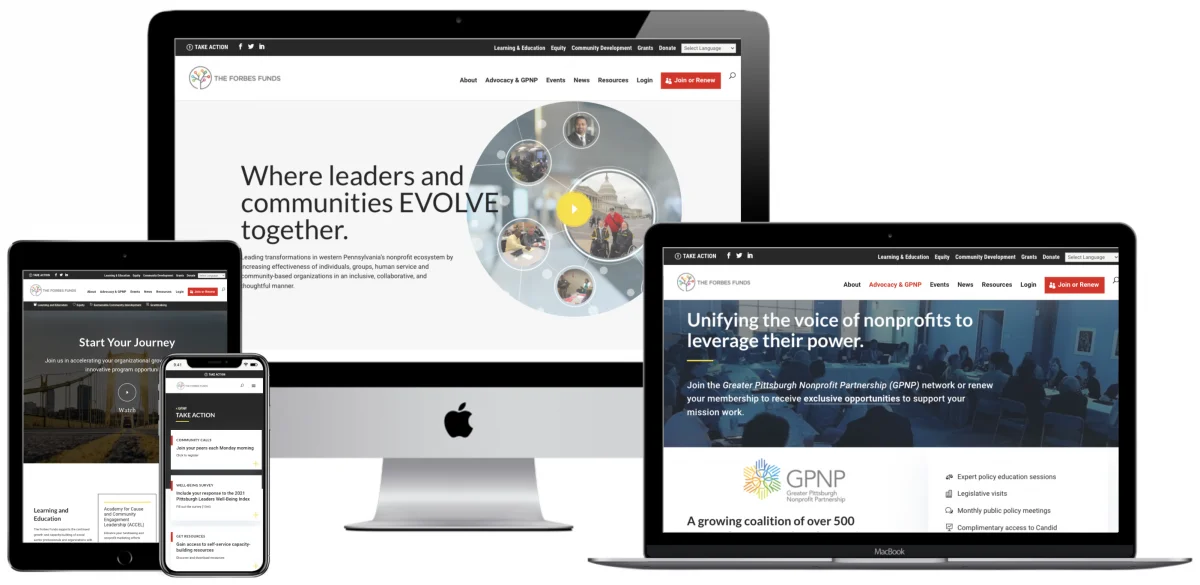Google recently announced the consolidation of various tools, platforms and introduced a new, consolidated Marketing Platform and features to better help marketers deliver relevant messages.
Responsive Search Ads Beta
Through Responsive Search Ads, ad creation is simplified, is more flexible and allows for a whopping 90% increase in characters for the new Responsive Search Ad format! These new ad variations will show 3 headlines and 2 description lines.
Here’s how the mix-and-match works to deliver the best & most relevant, unique messages:
- You provide 15 ad headlines, at up to 30 characters each
- Provide 4 descriptions, with up to 90 characters each
Then, Google will automatically (through artificial intelligence of course) deliver your best message to your target. The formatting is as such:
- 3 headlines (30 characters each)
- 2 description lines (90 characters each)
UPDATE: RESPONSIVE SEARCH ADS WAS RELEASED IN 2019
A 90% Increase in Ad Real Estate in Search
Again, I have to stress that this bump in characters and visibility to Google users are unprecedented for ads. It represents a 90% increase from the old Google Ad character limits.
Previously, responsive ads simply adjusted size, appearance, and format to fit available ad space and were not available for Google Search. Circa July 2018 limits: 30 for each headline (2 total) and 80 characters for the description line.
That’s not all that Google just announced during the 2018 Marketing Innovations Keynote (see above video).
3 Key Tips for Writing Responsive Search Ads
- Focus on the headlines. Write them in order, even though by default they can show differently.
- Include your keywords in at least some of the headlines.
- Provide as much unique content and distinct assets as you can.
Relevancy is Key
Being relevant starts with understanding intent. Also, think about what message will resonate.
Delivering the right message with Google’s custom intent audiences, ad rotations, smart bidding, and responsive search ads make it even easier for marketers to reach their audience as though they were face-to-face.
Google’s Kick-ass Platforms Consolidated Into 3 Brands
About Google Ads
Google has announced a rebrand of AdWords to Google Ads, along with the consolidation and improvement of various other platforms under an integrated product line. As of July 24th, 2018, AdWords was rebranded as Google Ads.
About Google Marketing Platform
The Google Analytics Suite is now apart of the newly rebranded Google Marketing Platform for a unified platform to help advertisers plan, buy and measure — all in one place.
This features all the useful products ranging from Analytics 360, Optimize 360, Data Studio, and Tag Manager 360. Not just that, the Doubleclick brand, started in 1996 (think Space Jam) owned by Google, along with a cadre of other useful products from Google. DoubleClick Advertiser products are also joining the platform as Google Search Ads 360, along with Display & Video 360.
This rebrand brings a lot of new overall capabilities into the marketing platform and dons a new Integration Center — which helps make it easier to connect Google products and share insights.
From connecting Analytics Audiences and using them in Display & Video to create more relevant campaigns, Google is truly pushing the envelope.
About Google Ads Manager

Grow revenue and protect your brand wherever people are watching, playing and engaging. Get the latest news and perspectives from Ad Manager.
– Google (blog.google/products/admanager/)
Data-driven Insights are Key
Google’s Measurement Partners brings together 23 new and existing partnerships across critical areas like viewability, brand lift, and brand safety.
These measurement partners work closely to provide measurement solutions to solve to measure the impact that’s as accurate as possible, based on industry standards.
Remember: Website Speed Matters
Faster websites perform better. The gains you can make with improved website conversion, you can actually bid higher because you’ve optimized the whole user experience.
Further Considerations
Be sure to take into account your ad strength, ensuring that it’s easy to read your ad text, and also enabling ad extensions to call important bits of information when creating a responsive search ad.
A more advanced recommendation will involve measuring ad performance, and comparing the different ad combinations to see if there are similar phrases used and preferred by your potential customers. Create headlines that are fresh, backed by performance data, and be sure to also use data from other ad types such as expanded text ads.
The final URL your advertisement will send people to will use one or several of your 15 headlines, so try to pin a headline or just pin headlines and descriptions in a keywords and digital strategy working document. Also, be sure to have Google Ads auto-tagging in place. When you need help with any of this, simply schedule a time to chat for 15 minutes here.

Ali Jaffar has been building dazzling websites and creating amazing online experiences for over a decade. His mastery of the latest innovations in web development results in world-class website experiences set apart by show-stopping style and seamless functionality. A sought-after consultant and 50-time award-winning storyteller, UX expert, and web developer — Ali lends his talents to build and bolster digital experiences for a wide array of clients — with a keen focus on web design for nonprofit organizations, B2B, and government agencies. When Ali’s not helping his clients grow, you can find him cooking, exploring new places with his dog, or experimenting with AI & new gadgets.
Connect with Ali on LinkedIn to continue the conversation.
